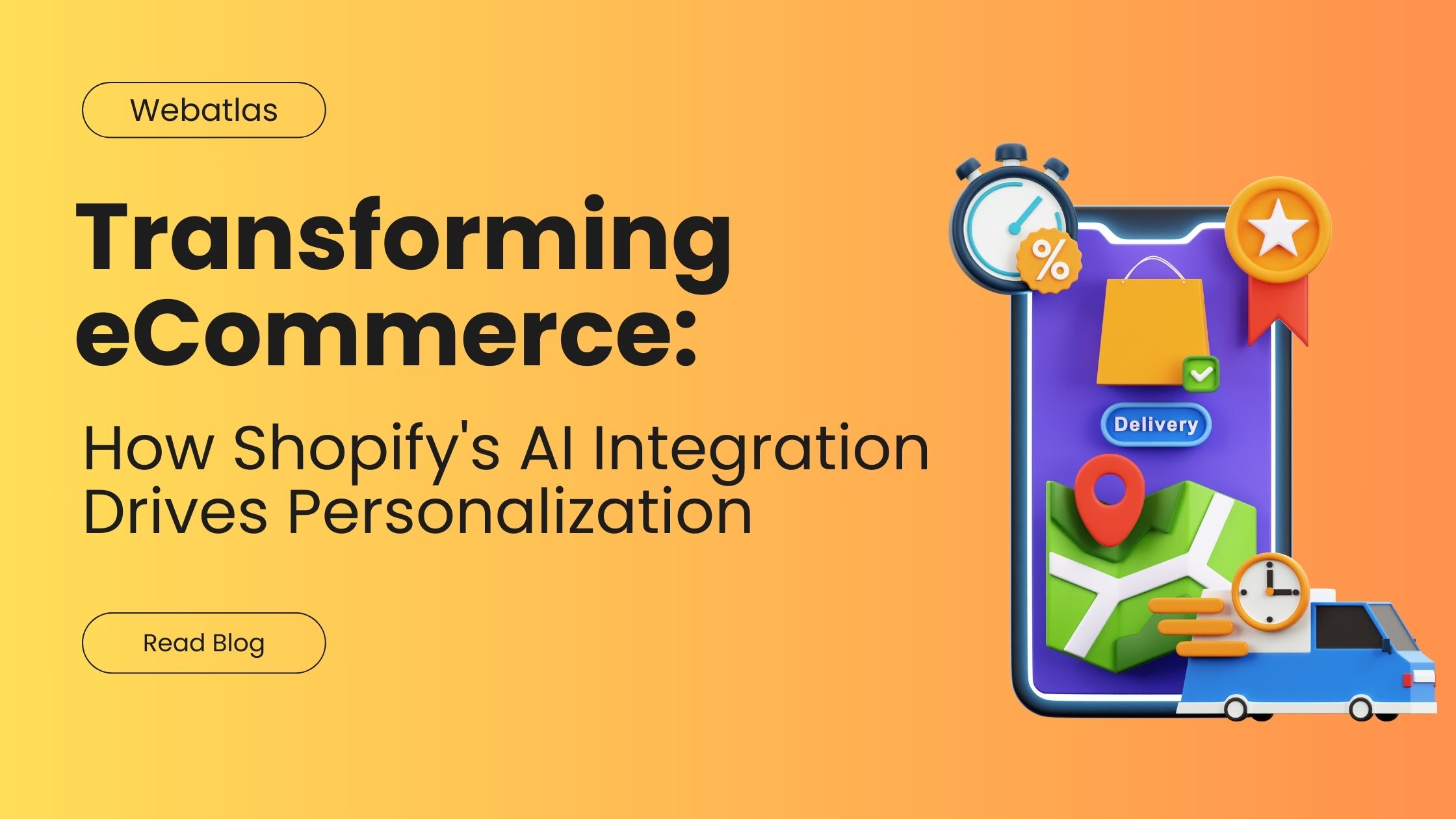Risk-Based Testing vs. Traditional Testing: Which Approach is Right for You?

In the dynamic world of software and app development, choosing the right testing approach is a crucial decision that can significantly impact the quality and success of your project. QA testing service is the bedrock of quality assurance, and it comes in various forms. Two prevalent methodologies, Risk-Based Testing and Traditional Testing, stand out as contenders in the quest for software excellence. In this blog post, we’ll delve into these approaches, helping you understand their nuances and guiding you to make an informed choice for your projects.
Understanding Risk-Based Testing
Risk-based testing is a contemporary approach to software testing that focuses on identifying and mitigating the most critical risks associated with a software project. Instead of applying the same level of testing effort across all features and functionalities, this method tailors testing efforts to areas with higher perceived risk. It’s an agile, adaptive approach that recognizes that not all parts of a software system are created equal.
The Key Elements of Risk-Based Testing
- Risk Assessment: The process begins with an assessment of potential risks, which can include factors like project complexity, business impact, and likelihood of defects.
- Prioritization: Once risks are identified, they are prioritized. This step helps determine where testing resources should be allocated most heavily.
- Focused Testing: The majority of testing resources are allocated to high-risk areas, while low-risk areas receive less rigorous testing.
- Iterative Approach: Risk-based testing often involves multiple testing cycles, with each cycle refining the test strategy based on feedback and new risk assessments.
- Flexibility: This approach is highly adaptable to changing project circumstances, accommodating new risks and challenges as they emerge.
Benefits of Risk-Based Testing
- Efficiency: By focusing efforts where they matter most, resources are used efficiently, and testing cycles are often shorter.
- Higher Quality: Critical defects are identified and fixed early in the development process, resulting in a higher-quality end product.
- Cost-Effective: It can lead to cost savings as resources are not wasted on exhaustive testing of low-risk areas.
When to Choose Risk-Based Testing
- Complex Projects: It’s an ideal choice for projects with high complexity and multiple potential risks.
- Limited Resources: When resources are limited, Risk-Based Testing ensures they are allocated where they will have the most impact.
Understanding Traditional Testing
Traditional Testing, also known as Waterfall Testing, is a more conventional approach where each phase of testing follows a predetermined sequence. This approach involves comprehensive testing of all system components, regardless of the perceived risk. While it lacks the adaptability of Risk-Based Testing, it can be a solid choice for certain types of projects.
The Key Elements of Traditional Testing
- Sequential Testing: Traditional Testing follows a linear path, with each testing phase occurring after the previous one is complete.
- Comprehensive Coverage: It aims to cover all features and functionalities of the software without making distinctions based on risk.
- Documentation: Traditional Testing typically involves extensive test documentation, including test plans, test cases, and test scripts.
- Verification: Each phase of testing verifies specific aspects of the software, such as functionality, performance, and security.
- Rigidity: Traditional Testing is less adaptable to changes and emerging risks during the development process.
Benefits of Traditional Testing
- Thoroughness: It ensures a comprehensive evaluation of the entire software system.
- Regulatory Compliance: For projects subject to strict regulatory requirements, traditional testing can provide the necessary documentation.
- Stability: This approach can be more stable when project requirements are well-defined and unlikely to change.
When to Choose Traditional Testing
- Well-Defined Requirements: If your project has well-established requirements that are unlikely to change, traditional testing can be suitable.
- Regulatory Demands: For projects in industries with stringent regulatory requirements, this approach can offer the necessary documentation and structure.
Which Approach Is Right for You?
The choice between Risk-Based Testing and Traditional Testing is not a one-size-fits-all decision. It hinges on the nature of your project, your available resources, and the specific risks associated with the software. Here are some key considerations to help you decide:
- Project Complexity: Risk-based testing is well-suited for complex projects where identifying and mitigating risks is paramount.
- Resource Constraints: If resources are limited, Risk-Based Testing can be more efficient in allocating them where they have the most impact.
- Regulatory Compliance: Traditional Testing may be necessary for projects subject to strict regulatory requirements due to its comprehensive documentation.
- Project Stability: For projects with well-defined requirements that are unlikely to change, traditional testing can provide stability.
Conclusion
In many cases, a hybrid approach that combines elements of both Risk-Based Testing and Traditional Testing can offer the best of both worlds. It allows for adaptability to emerging risks while still providing comprehensive testing in stable project phases.
The choice between Risk-Based and Traditional Testing ultimately comes down to your project’s unique characteristics and requirements. Webatlas is here to assist you in making this decision and to provide expert testing services tailored to your specific needs. Whether you opt for Risk-Based Testing or Traditional Testing, our team of experienced professionals is committed to ensuring the quality and reliability of your software and custom mobile app development. Contact us today to explore how we can make your software project a resounding success, regardless of the testing approach you choose.
Recent Post
Let's talk about your project, or just come and say hello!
Webatlas Technologies is the fastest growing web and mobile app development company



